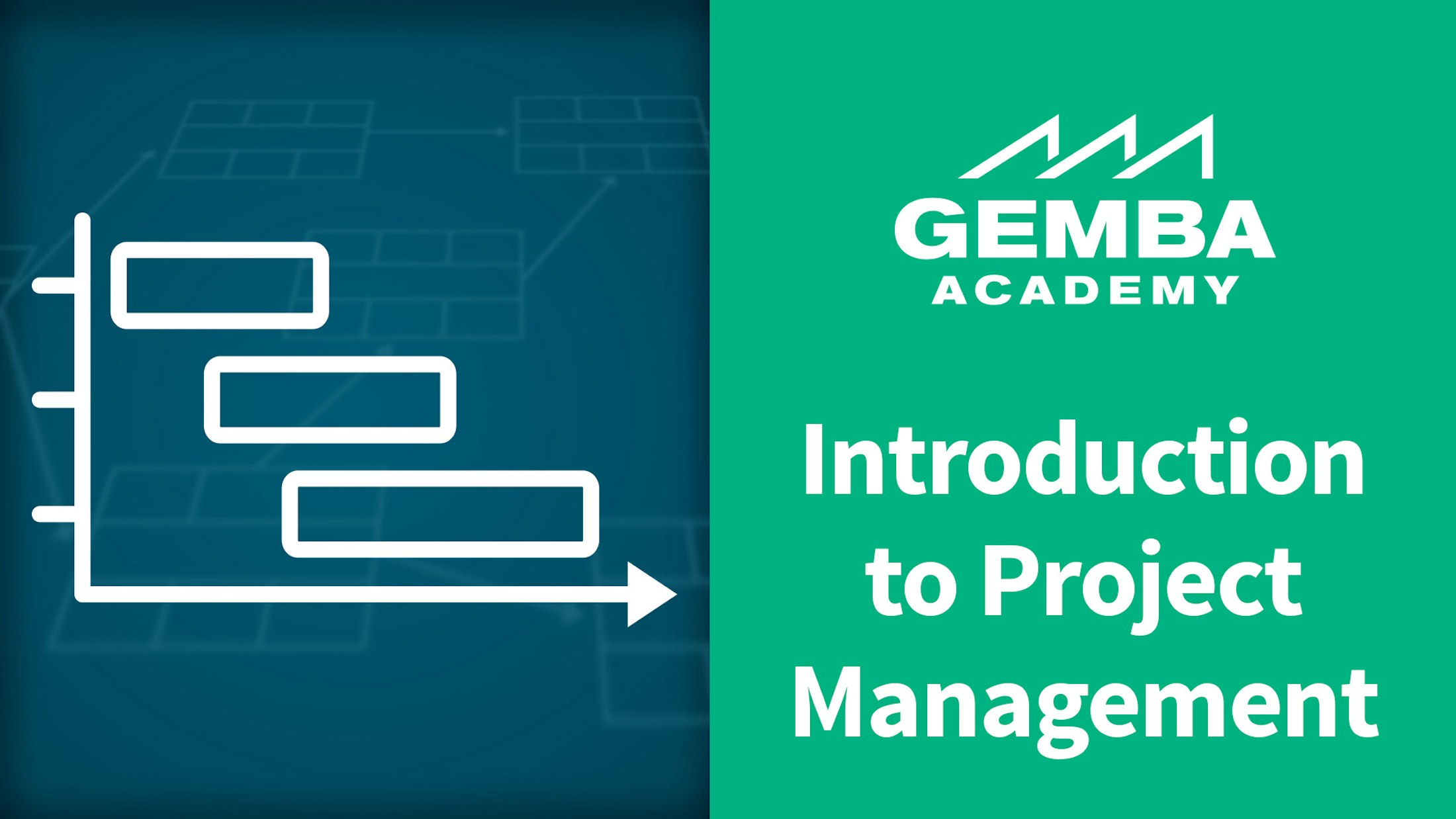Upcoming Content
Our Content Development team is hard at work to add even more fresh, new content to Gemba Academy’s premier training library. With a focus on providing the latest knowledge and skills, these upcoming courses, virtual tours, and other learning resources are designed to enhance your learning experience and support your professional growth. Here are some of the courses that are currently under development:

Refreshed Lean Course
Lean Lingo
When practicing continuous improvement, there are many new concepts and methods. These often come with technical terms and jargon. Some are borrowed from other subjects, fields, or languages. In the Lean Management field, there are many words borrowed from the Japanese language. Learn 10 key terms, their deeper meanings, and how we can benefit from using these terms.

Nuevo Curso de Seis Sigma
Análisis del Sistema de Medición (MSA)
La variación total de un sistema es la suma de la variación real de un producto, proceso o sistema y la variación del sistema de medición. El MSA, o Análisis de Sistemas de Medición, es un método estadístico para analizar si la variación dentro de nuestro sistema de medición es aceptable. Aprenda las cinco características de un sistema de medición, la diferencia entre el MSA de datos de atributos y datos variables, y los pasos para realizar un estudio Gage R&R.

Nuevo Curso de Lean
Instrucción de Trabajo (JI) para Facilitadores
La Instrucción de Trabajo (JI) es un elemento fundamental de Lean y el primer curso de TWI (Capacitación Dentro de la Industria). Su propósito es capacitar completamente a las personas para que agreguen valor a la organización en el menor tiempo posible, evitando problemas que podrían surgir de una instrucción inadecuada. JI establece el mejor método para realizar un trabajo y permite a un instructor transferir conocimientos a un aprendiz rápidamente, al mismo tiempo que verifica la comprensión utilizando un método sencillo de cuatro pasos. Esta versión para “Aprendices” de este curso se puede utilizar para facilitar su propio curso de Instrucción de Trabajo de 5 días en persona. También está disponible una guía detallada para facilitadores que incluye una agenda completa de cinco días.

Nuevo Curso de Seis Sigma
Análisis de Varianza (ANOVA)
ANOVA, o análisis de varianza, es un método para comparar las medias de tres o más muestras y determinar si al menos una de las medias difiere estadísticamente de las demás. Conozcan los conceptos clave de estadísticas, como efectos principales, interacción, influencia, grados de libertad, el estadístico F, R‑cuadrado y cómo seguir el proceso paso a paso para realizar ANOVAs unidireccionales y bidireccionales.

Nuevo Curso de Seis Sigma
Selección de Proyectos
Una de sus principales responsabilidades como profesional de Seis Sigma es entregar proyectos impactantes para su organización. Esto requiere la habilidad de seleccionar el tema adecuado, planificar el proyecto y liderar el equipo. Todo comienza con la Selección de Proyectos, un conjunto de actividades estructuradas para identificar la necesidad de su negocio, considerar la opinión de sus clientes, definir claramente el problema, establecer objetivos, identificar métricas, calcular ahorros y más. Aprenda a combinar estos elementos en un Acta de Constitución del Proyecto.

Nuevo Curso de Seis Sigma
Diseño de Experimentos (DOE)
El Diseño de Experimentos (DOE, por sus siglas en inglés) es un marco para planificar y realizar experimentos con el fin de estudiar los efectos de múltiples variables de entrada o factores en una variable de salida o respuesta. El DOE se utiliza ampliamente en la investigación científica, la resolución de problemas y la comprensión de fenómenos complejos. Aprenda cómo y cuándo utilizar los DOEs de cribado, los DOEs factoriales fraccionados, los DOEs factoriales completos y los DOEs de optimización, así como la manera en que el DOE se integra en el enfoque DMAIC de Seis Sigma.

Upcoming Course
Introduction to Project Management
Project management is a critical component of most businesses. Project management allows organizations to achieve strategic objectives by effectively managing resources, schedules, deliverables, risks and more. Learn the five phases of a project life cycle, the role of a project manager, and the essential activities they perform to ensure the success of a project.

Upcoming Course
Project Initiation
Project Initiation is the first phase in the project life cycle. This involves developing the project in terms of scope, goals, and deliverables, determining the costs, benefits, and financial justification, as well as gaining approval to proceed.

Upcoming Course
Project Planning
Project Planning is the second phase of a project life cycle. After formally gaining approval and kicking off our project, we create detailed plans, work breakdowns, and schedules that define how we intend to manage all aspects of our project.
The content presented on this page is provided as a resource only. It is not intended as a promise or contract of any content that we will produce in the future. You should not make any buying decisions based upon the content presented on this page.